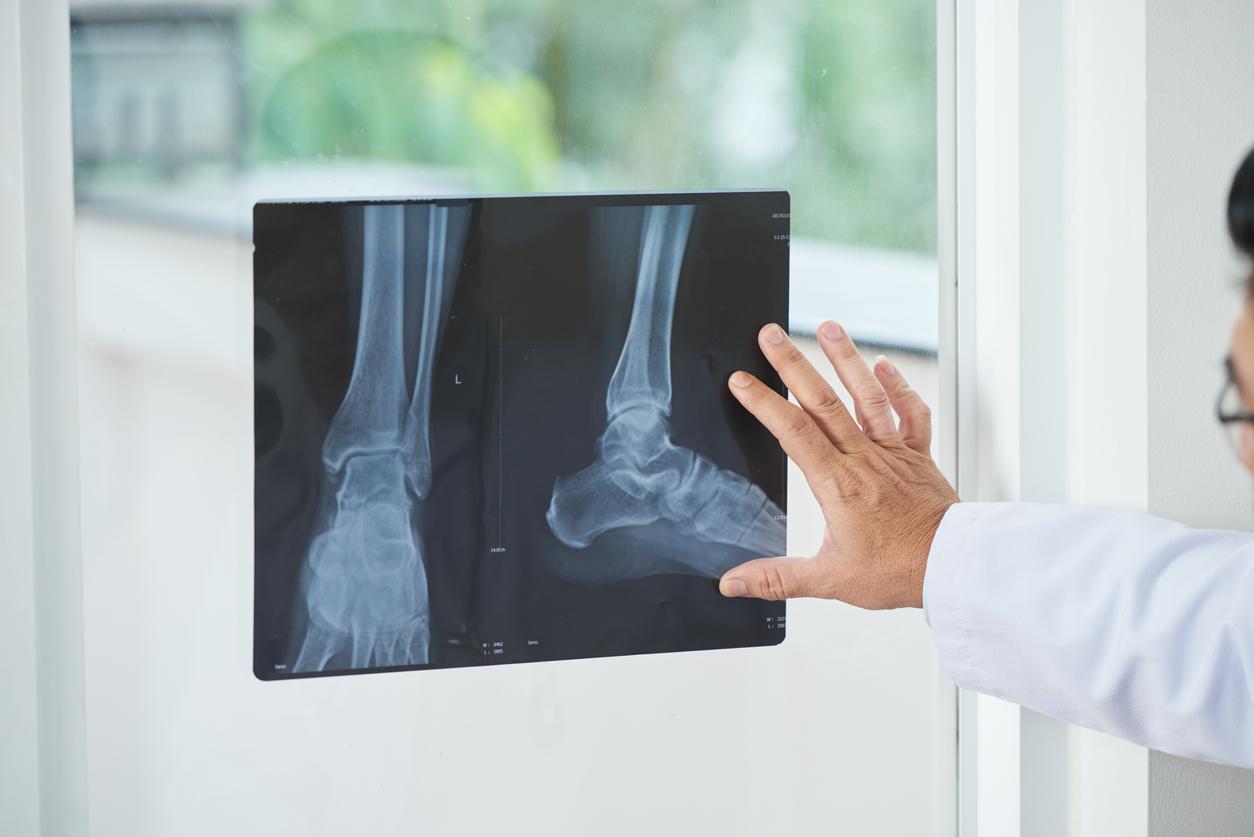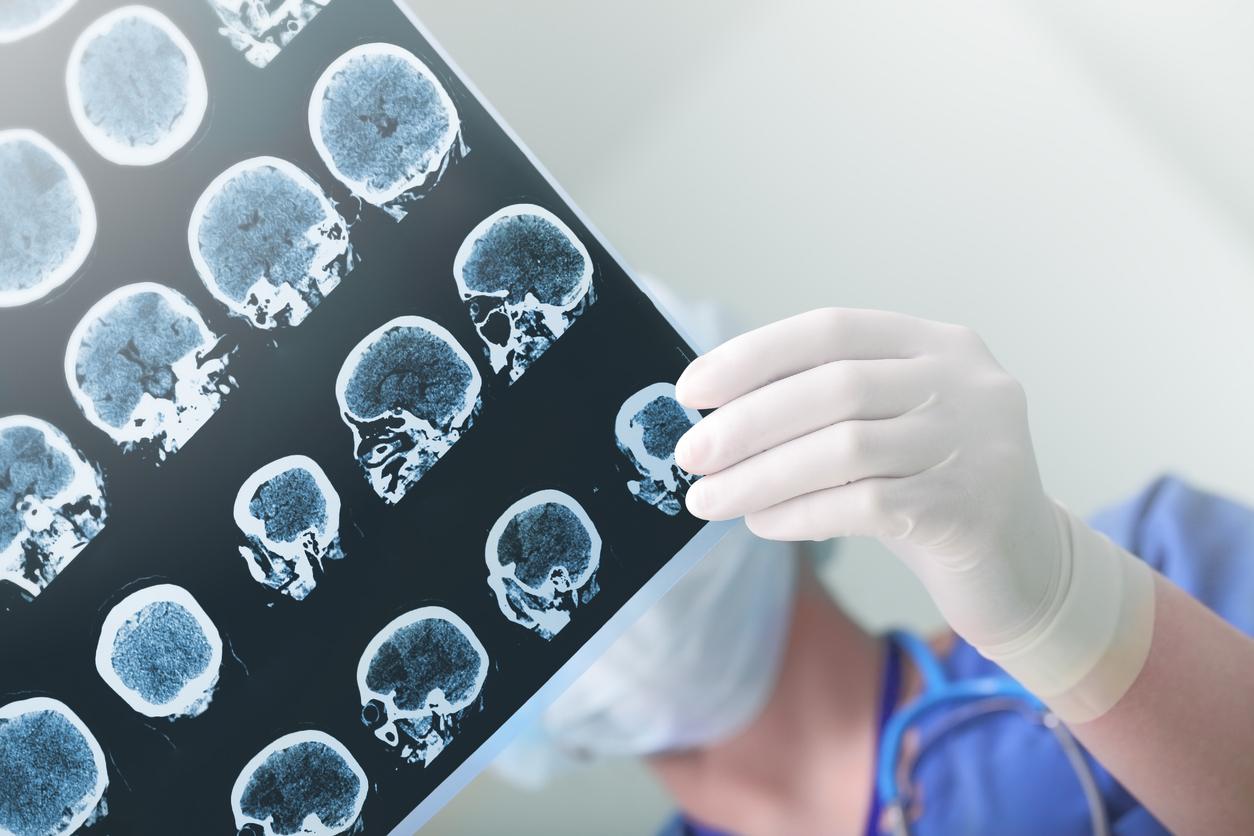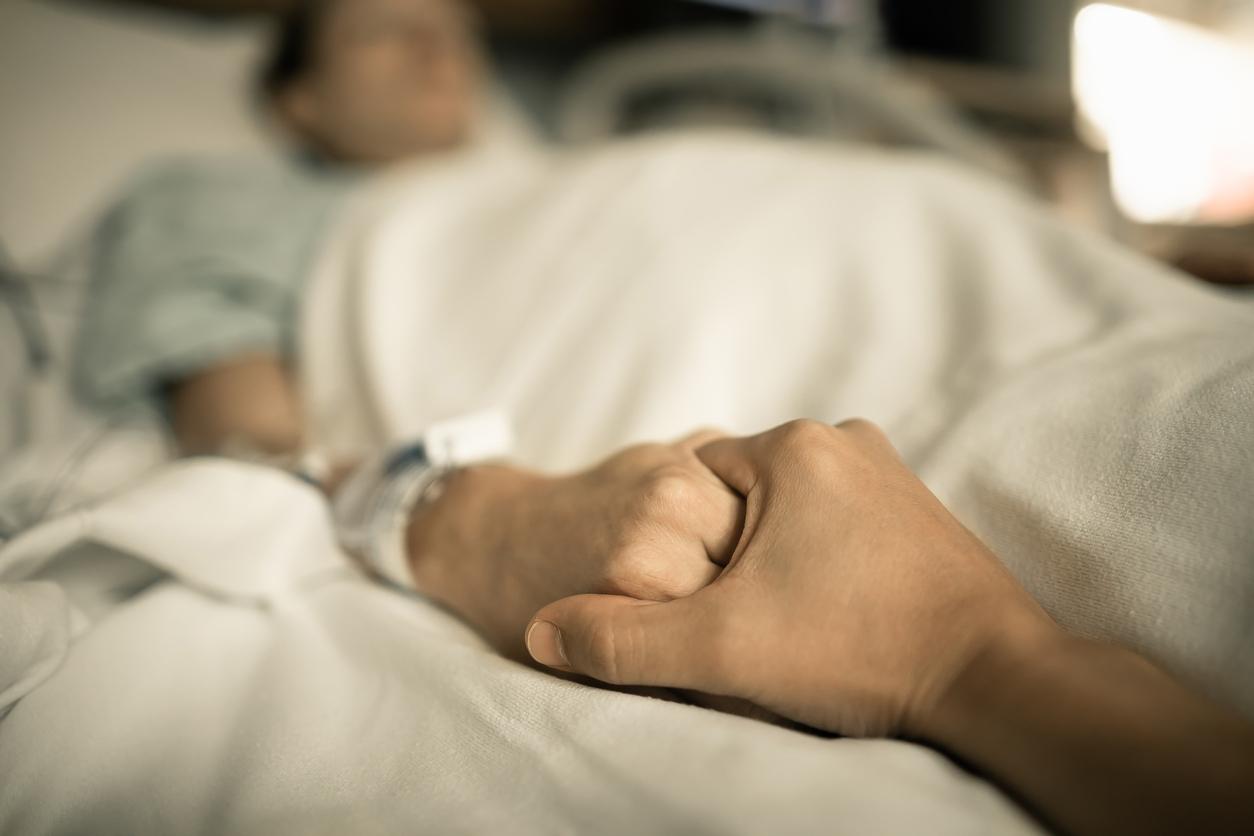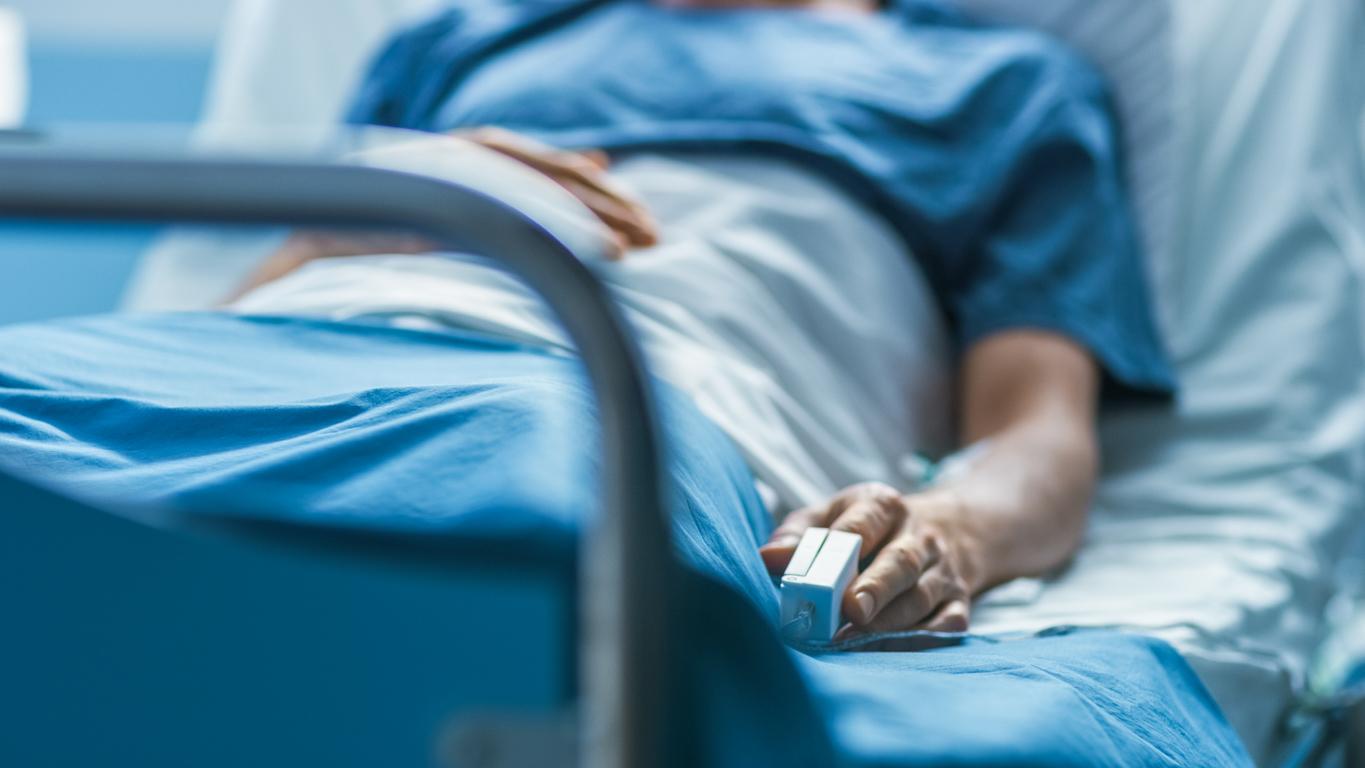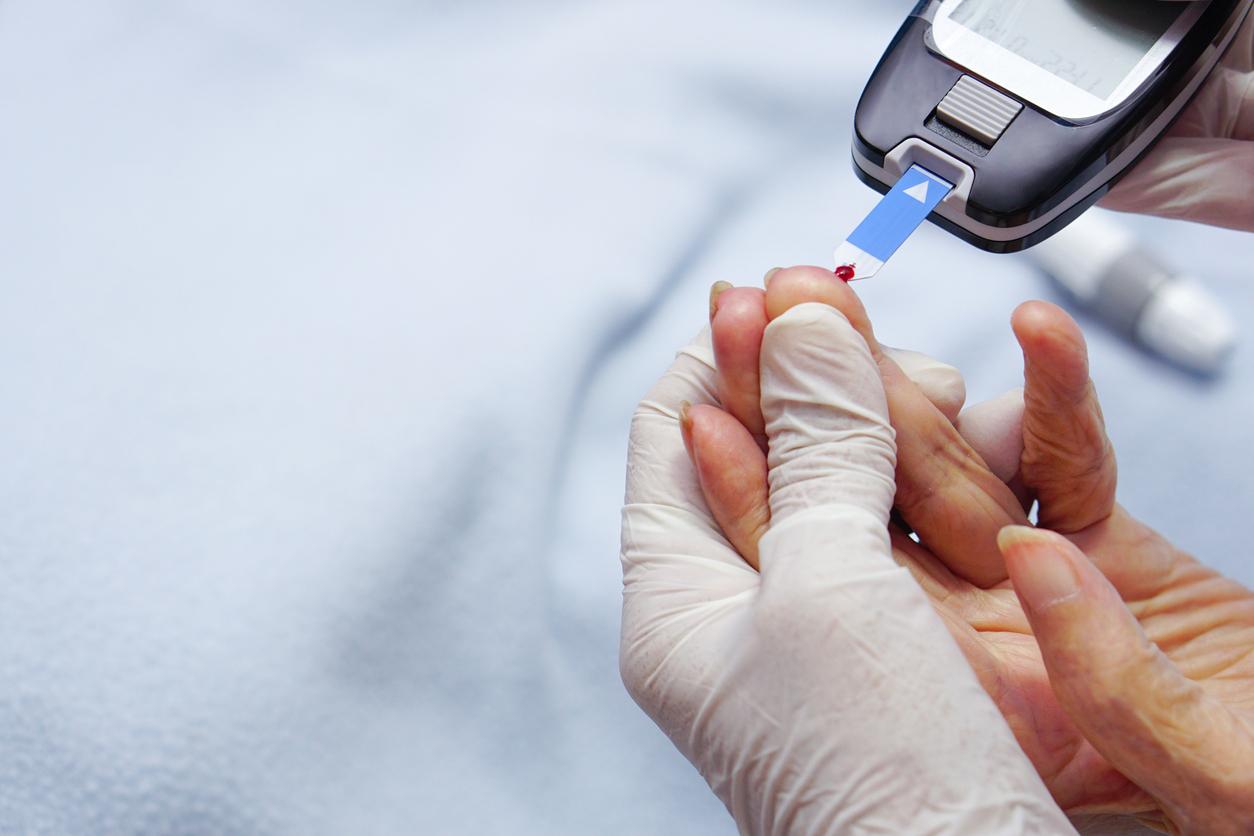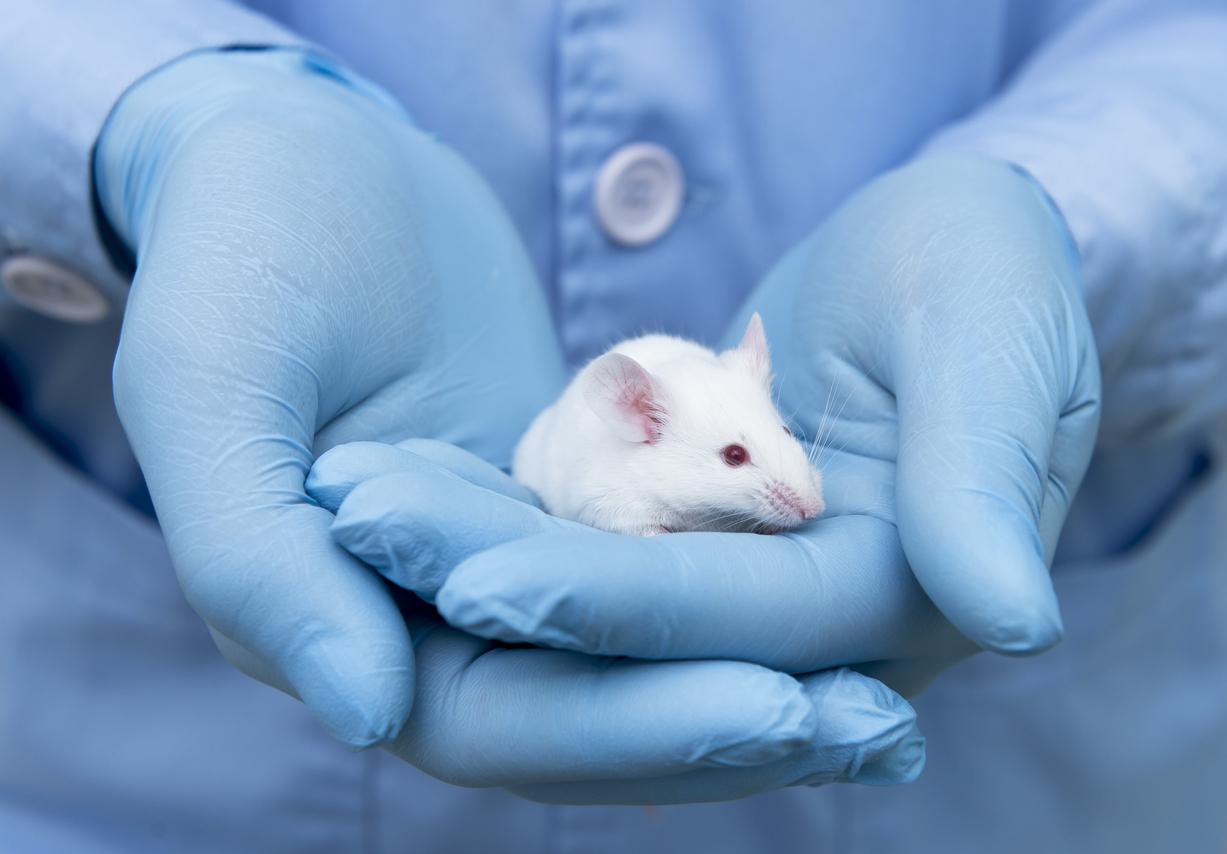Researchers have used a new MRI technique that assesses how the brain is actually functioning to more accurately determine a patient’s chances of coming out of a coma. This quantitative technique is superior to all other tests used to date.

What to do when faced with a sick person in a coma? Should we continue or not care? What are the chances of the person waking up? Questions encountered by many doctors and families. Conflicts and dramas also which have recently made the headlines.
Most often, tests to determine the chances of recovery (Glasgow coma scale, EEG …) are quite unreliable and the decision to continue or stop treatment is based more on the experience of doctors than on a true scientific rationale. Hence suffering linked to uncertainty for families, even conflicts with doctors.
A quantitative MRI method
A new medical imaging technique, “Brain Diffusion Tensor Imaging” type MRI, which measures the flow of water molecules in nerve cells, associated with the definition of disorganization thresholds for information flows in the brain, would determine whether the person will wake up or not.
It was published in Lancet Neurology and carried out by a team of Belgian, Italian and French researchers. With this technically, doctors could finally move from the culture of “opinion” to that of “scientific proof”. An essential element to build trust with families.
Research has focused on comas that occur after cardiac arrest, comas that are fairly homogeneous in terms of cause and pathophysiology (hypoxia coma). 200 patients participated in the study in centers in Belgium, France and Italy. Adults, in a coma for over seven days.
A method of analyzing the functioning of white matter
Thanks to the MRI technique “Brain Diffusion Tensor Imaging”, scientists have succeeded in measuring the movement of water in the white matter of the brain. White matter is this matter which allows the connection between neurons, and between neurons and the rest of the body: it is therefore this white matter which conveys information in the brain and it is in a way the possibility of this information in the brain that the researchers measured with the visualization of the movement of water molecules in neurons in quantitative MRI.
[#Recherche] Analysis of the movement of water molecules in the white matter of the brain, measured by “quantitative” MRI, can predict the awakening of patients in a coma after cardiac arrest https://t.co/cOg8hji7Zb pic.twitter.com/Gep7qWwFAG
– AP-HP (@APHP) March 8, 2018
A reliable technique
The MRI “Brain Diffusion Tensor Imaging” makes it possible to analyze the structure of the white matter and to see if the connections are still functional. When white matter is functioning normally, MRI scans see harmonious movements of water molecules along neurons, and these molecules are all going in the same direction. When the brain is not working, the movements of water molecules are inharmonious
From these measurements, the researchers developed an index based on the analysis of the movement of water molecules in the white matter of the brain measured by MRI as a diffusion tensor between the 7th day and the 28th day after the onset of cardiac arrest (WWM-FA for “quantitative whole-brain white matter fractional anisotropy”).
This index measures the level of disorganization of this movement of water molecules to establish thresholds. These are the ones that would allow to predict with very high precision the clinical outcome at 6 months of these patients in a coma.
Recovery indexes
For the researchers, this technique of thresholds based on the WWM-FA is reliable and above all could help facilitate decision-making in the future, with arguments actually analyzing the functioning of the brain.
Louis Puybasset is professor and head of the anesthesia-intensive care unit at the Pitié Salpêtrière hospital in Paris, he led this study: “Above a certain threshold, we are certain that it will be fine; below, we are sure it will not work. In the gray area, we have to wait. ”
“Provide for patients suffering from cardiac arrest and their possible recovery from a coma” A step forward signed by the Parisian team of Prof. Louis Puybasset, head of the Anesthesia-Resuscitation department at the Pitié Salpêtrière hospital, @APHP https://t.co/NcnobfSDnN pic.twitter.com/uVXr7Tpref
– CHU network (@RESEAUCHU) March 9, 2018
A technique superior to all other tests
This technique is an anatomo-physiological measurement that does not fluctuate according to the same researcher. This makes it possible to have quality evidence and in sufficient quantity to decide whether or not to stop treatment. “This technique is superior to all the other tests used to date,” says Louis Puybasset.
Larger tests must however be carried out to confirm these results, in particular in coma of other causes, but this technique will make it possible to be more precise for families in suffering.
.





